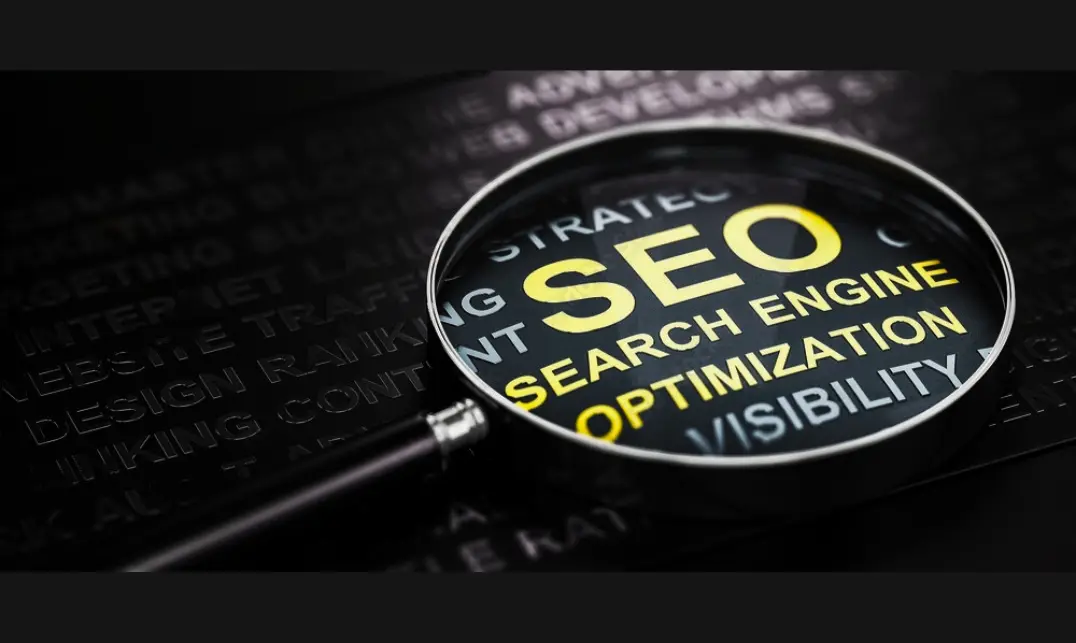The importance of on-page optimization for better SEO
On-Page Optimization
On-page optimization is the process of optimizing various elements and components of a website's pages to improve its search engine ranking and visibility. It involves making changes to the website's content, HTML source code, and other technical elements to make it more user-friendly and understandable to search engines like Google. On-page optimization includes optimizing elements such as title tags, meta descriptions, header tags, content, images, and internal links to ensure that they align with the website's target keywords and provide value to users. The goal of on-page optimization is to make the website more accessible and relevant to search engine algorithms, thus improving its visibility and ranking in search engine results pages (SERPs)
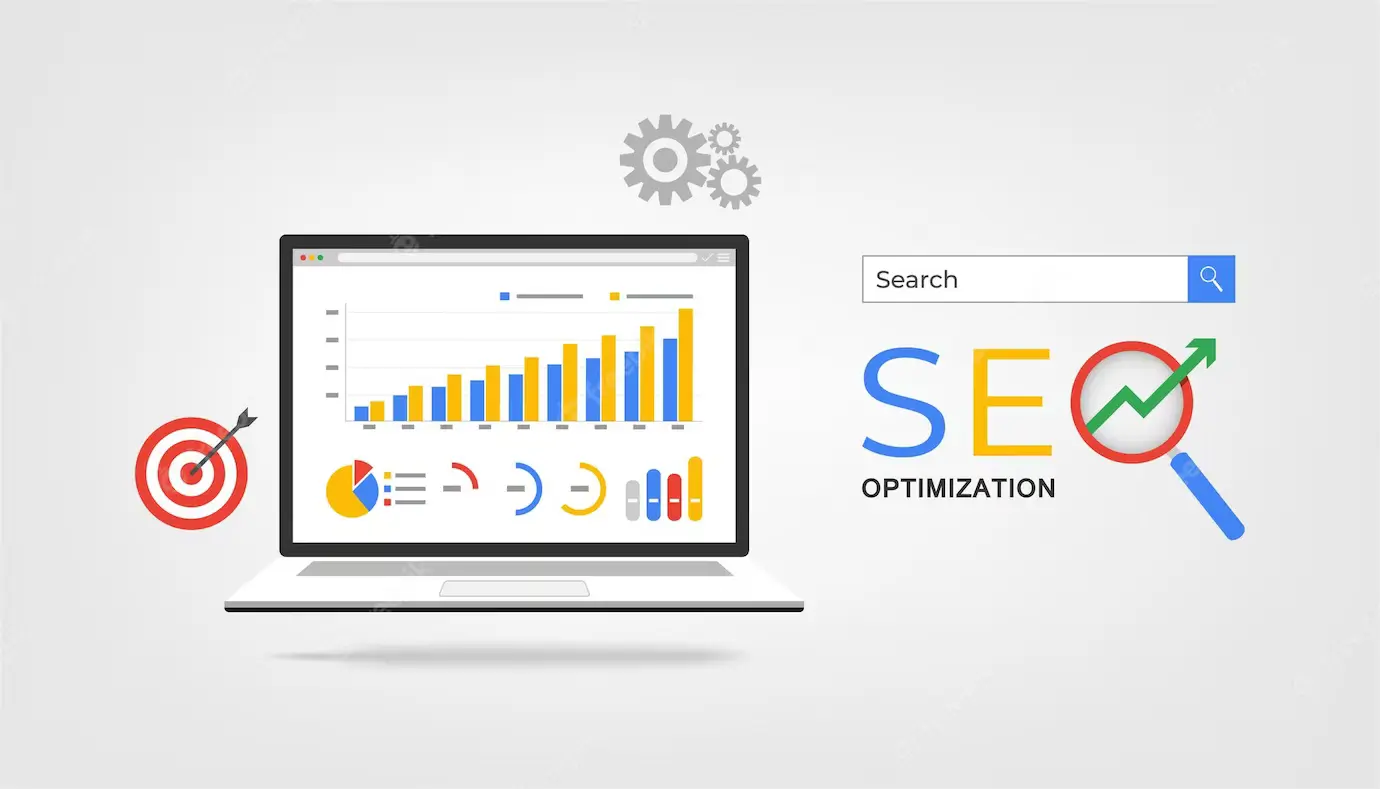
Importance Of On-Page Optimization For Search Engine Rankings
-
Helps search engines understand the content of the page
On-page optimization provides signals to search engines about the relevance and value of the content on a web page. By optimizing on-page elements such as titles, headers, meta descriptions, and content, search engines can better understand what the page is about and how it relates to search queries.
-
Improves user experience
On-page optimization is not just about making changes for search engines. It also improves the user experience by making the website more accessible, informative, and engaging. This, in turn, increases user satisfaction, which is an important factor in search engine ranking algorithms.
-
Increases website visibility
On-page optimization can help increase a website's visibility in search engine results pages (SERPs) by ensuring that the website is targeting the right keywords and providing high-quality, relevant content that meets users' search intent.
-
Boosts website authority
On-page optimization can also help to establish a website's authority in its niche or industry. By providing valuable and informative content, optimizing internal linking, and building a strong brand, a website can become a trusted source of information for users and search engines alike.
Impact Of On-Page Optimization On User Experience
-
Improves website usability
On-page optimization includes optimizing website elements such as navigation, internal links, and page layout to improve website usability. A well-organized and easy-to-navigate website is essential for providing a positive user experience and keeping users engaged.
-
Provides high-quality, relevant content
On-page optimization involves creating high-quality, relevant content that meets the needs and expectations of users. By providing informative and engaging content, a website can establish itself as a valuable resource for users, which increases user satisfaction and encourages them to return to the site.
-
Enhances website speed and performance
On-page optimization includes optimizing website elements such as images, code, and scripts to improve website speed and performance. A fast-loading website is essential for providing a positive user experience and reducing bounce rates.
-
Builds trust and credibility
On-page optimization can help to build trust and credibility with users by providing accurate and informative content, using secure connections, and following best practices for website design and development.
-
Increases engagement and conversions
On-page optimization can help to increase user engagement and conversions by optimizing elements such as calls to action, forms, and landing pages. A website that is optimized for conversions can provide a positive user experience and help to achieve business goals.
Key Elements Of On-Page Optimization
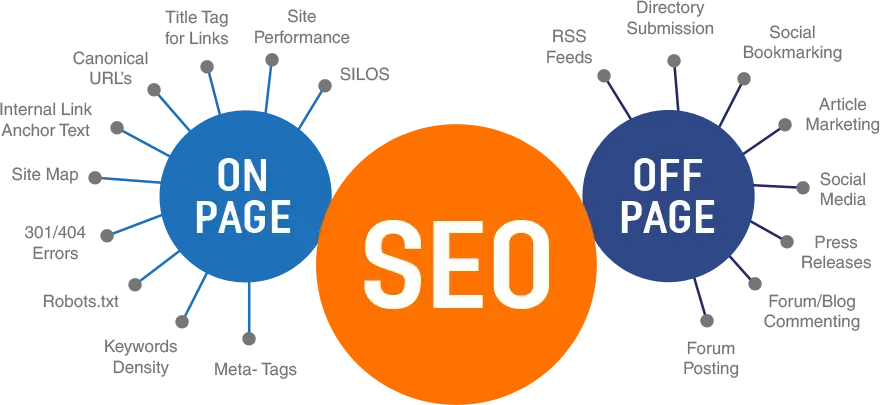
-
Title tags
Title tags are the HTML elements that define the title of a web page. They appear in search engine results pages and the browser's title bar. Title tags should be descriptive, include target keywords, and be under 70 characters.
-
Meta descriptions
Meta descriptions are HTML elements that provide a brief summary of a web page's content. They appear below the title tag on search engine results pages. Meta descriptions should be descriptive, include target keywords, and be under 160 characters.
-
Header tags
Header tags (H1, H2, H3, etc.) are HTML elements that define the headings and subheadings on a web page. They help to structure the content of the page and make it easier to read. Header tags should be used to break up content, and the H1 tag should be used only once per page.
-
Image alt tags
Image alt tags are HTML attributes that provide a description of an image for users who cannot see it. They also help search engines understand the content of the image. Alt tags should be descriptive and include target keywords.
-
Content optimization
Content optimization involves creating high-quality, relevant content that meets the needs and expectations of users. Content should be unique, informative, and engaging, and include target keywords where appropriate.
-
URL structure
URL structure refers to the way URLs are organized on a website. URLs should be descriptive, and concise, and include target keywords where appropriate. They should also be organized in a logical and intuitive manner to help users navigate the site.

Best Practices For On-Page Optimization
-
Keyword research
Conduct thorough keyword research to identify relevant and high-traffic keywords for your website. Use these keywords strategically in your content, titles, meta descriptions, headers, and URLs.
-
Use descriptive and engaging titles
Use descriptive and engaging titles that accurately reflect the content of the page and entice users to click through. Keep titles under 70 characters and include target keywords.
-
Write high-quality content
Create high-quality, informative, and engaging content that meets the needs and expectations of your audience. Use target keywords naturally and avoid keyword stuffing.
-
Optimize images
Optimize images by compressing their file size, using descriptive alt tags, and including target keywords in the file name and alt tag.
-
Create internal links
Create internal links between pages on your website to help users navigate the site and improve the flow of link equity throughout your site.
-
Use header tags
Use header tags (H1, H2, H3, etc.) to break up content and make it easier to read. Use the H1 tag only once per page and include target keywords in your headers where appropriate.
-
Optimize meta descriptions
Use meta descriptions to provide a brief summary of the content on the page and include target keywords. Keep meta descriptions under 160 characters.
-
Use schema markup
Use schema markup to provide additional context to search engines about the content on the page. This can improve search engine visibility and user experience.
How To Conduct An On-Page Optimization Audit
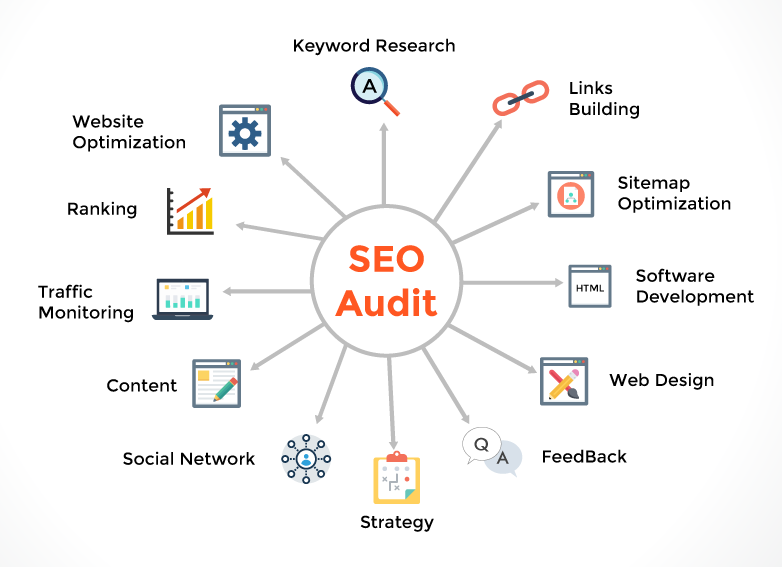
-
Define your goals and target audience
Determine the purpose of your website and the target audience you are trying to reach. This will help you identify the keywords, topics, and content that are most relevant and valuable to your audience.
-
Conduct keyword research
Use keyword research tools to identify relevant and high-traffic keywords for your website. Focus on long-tail keywords that are specific to your business and niche.
-
Review title tags and meta descriptions
Review title tags and meta descriptions for each page on your website to ensure they are accurate and descriptive, and include target keywords. Make sure they are also under the recommended character limits.
-
Review header tags
Review header tags (H1, H2, H3, etc.) to ensure they are used consistently and effectively. Make sure the H1 tag is only used once per page and includes target keywords.
-
Review content
Review the content on each page to ensure it is high-quality, informative, and engaging. Make sure target keywords are used naturally and avoid keyword stuffing.
-
Review image optimization
Review image optimization to ensure images are compressed, have descriptive alt tags, and include target keywords in the file name and alt tag.
-
Review internal links
Review internal links to ensure they are working properly and are optimized for search engines and user experience.
Review URL structure: Review URL structure to ensure they are descriptive and concise, and include target keywords where appropriate.
-
Use on-page optimization tools
Use on-page optimization tools, such as Screaming Frog, SEMrush, or Moz, to automate the audit process and identify issues that may not be immediately visible.
-
Develop an action plan
Develop an action plan to address any issues identified during the audit. Prioritize the most critical issues first and develop a timeline for implementation.
Common Mistakes To Avoid When Optimizing Your Pages
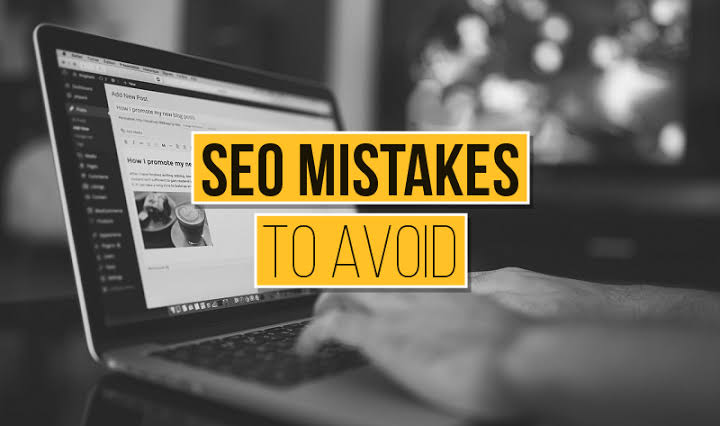
-
Keyword Stuffing
Avoid using the same keyword repeatedly or excessively within your content, as it can be considered spammy and may lead to a penalty from search engines.
-
Overlooking Title Tags And Meta Descriptions
Ensure that every page on your website has a unique and accurate title tag and meta description that accurately reflects the content on the page and entices users to click through.
-
Ignoring User Experience
User experience is a critical factor for search engine rankings, so avoid designing a website that is difficult to navigate, slow to load, or unresponsive on different devices.
-
Failing To Optimize Images
Images can impact both the user experience and search engine rankings, so it's important to optimize images by compressing file sizes, using descriptive alt tags, and including target keywords in file names and alt tags.
-
Using Duplicate Content
Avoid copying content from other websites or duplicating content within your own site. This can harm search engine rankings and may result in penalties.
-
Neglecting Internal Linking
Internal linking is an important element of on-page optimization, as it helps users navigate your website and improves link equity throughout the site.
-
Neglecting Mobile Optimization
With the majority of web traffic coming from mobile devices, it's important to optimize your website for mobile users. Ensure your website is responsive, loads quickly on mobile devices, and is easy to navigate on smaller screens.
The role of on-page optimization in overall SEO strategy
-
Increases visibility
On-page optimization helps search engines understand the content on a web page, making it easier for them to match it with relevant search queries. This can lead to increased visibility in search engine results pages (SERPs).
-
Improves click-through rates
By optimizing title tags and meta descriptions, businesses can increase click-through rates from search results. This can lead to more traffic and potential conversions.
-
Boosts relevance
On-page optimization ensures that web pages are relevant to specific search queries by using target keywords, structuring content effectively, and providing quality content that satisfies users' intent.
-
Enhances user experience
On-page optimization focuses on improving the user experience by providing quality content, using descriptive headings and subheadings, and ensuring the site is easy to navigate.
-
Improves link equity
On-page optimization helps to improve internal link equity by creating a clear site structure, linking to relevant content, and optimizing anchor text.
-
Supports other SEO efforts
Effective on-page optimization can help support other SEO efforts, such as link-building and content marketing, by providing a solid foundation for these strategies to build upon.
Businesses that saw success from on-page optimization efforts
-
Moz:
Moz, a popular SEO tool provider, increased its organic search traffic by 37% through on-page optimization efforts. They optimized their website's title tags, meta descriptions, header tags, and content for relevant keywords, resulting in higher search engine visibility and increased traffic.
-
HubSpot:
HubSpot, a marketing software provider, increased its organic search traffic by 106% through on-page optimization efforts. They optimized their website's content for target keywords and structured their site to improve the user experience and search engine crawlability.
-
Boostability:
Boostability, an SEO agency, helped a law firm increase its organic search traffic by 94% through on-page optimization efforts. They optimized the law firm's website content for relevant keywords and created a clear site structure to improve search engine visibility and user experience.
-
SalesHacker:
SalesHacker, a sales training and consulting company, increased its organic search traffic by 64% through on-page optimization efforts. They optimized their website's content for target keywords and created a clear site structure to improve user experience and search engine visibility.
-
Siege Media:
Siege Media, a content marketing agency, helped a home services provider increase their organic search traffic by 340% through on-page optimization efforts. They optimized the website's content for target keywords, created quality content, and optimized the site structure to improve search engine visibility and user experience.
Future trends and developments in on-page optimization
-
Voice search optimization
With the rise of voice assistants like Siri and Alexa, optimizing for voice search will become increasingly important. On-page optimization will need to consider how users search using voice commands and tailor content accordingly.
-
User intent optimization
Search engines are becoming more sophisticated in understanding user intent, and on-page optimization will need to prioritize creating content that matches user intent to rank well.
-
Mobile-first indexing
Google now prioritizes mobile versions of websites for indexing and ranking. On-page optimization will need to consider mobile-friendly design, fast loading speed, and other mobile-specific factors to ensure success.
-
Structured data optimization
Structured data helps search engines understand the content on a webpage and display relevant information in search results. On-page optimization will need to incorporate structured data markup to improve search visibility and click-through rates.
-
Artificial intelligence and machine learning
As AI and machine learning continue to advance, search engines will become better at understanding content and delivering relevant results to users. On-page optimization will need to keep up with these developments to remain effective.
